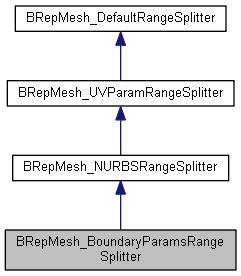

The standard error (SE) of the estimated genetic correlation depends on whether both traits are recorded on the same individual or on distinct individuals. Estimation of r g requires substantial amounts of data. Where σ A x y denotes the covariance between the breeding values A x and A y of individuals, and σ A x and σ A y the additive genetic standard deviations. The SE of r ^ g is determined by the true value of r g, the number of sire families ( N), and the reliabilities of sire estimated breeding values (EBV): An R-script that implements the expression is included. The resulting expression allows a priori optimization of designs that aim at estimating r g. This work presents a simple equation to predict the SE of r ^ g between traits recorded on distinct individuals for nested full-half sib schemes with common-litter effects, using the purebred-crossbred genetic correlation as an example. In crossbreeding schemes, r g between the purebred and crossbred trait is the key parameter that determines the need for crossbred information. The genetic correlation between traits recorded on distinct individuals is relevant as a measure of, e.g., genotype-by-environment interaction and for traits expressed in purebreds vs. The standard error (SE) of an estimate of r g, r ^ g, depends on whether both traits are recorded on the same individual or on distinct individuals. The additive genetic correlation ( r g) is a key parameter in livestock genetic improvement.


 0 kommentar(er)
0 kommentar(er)
